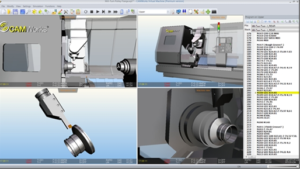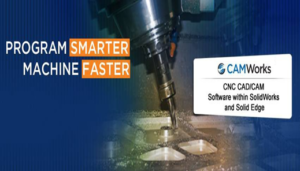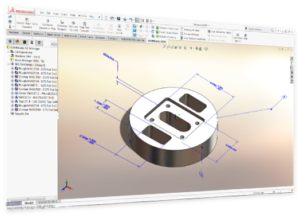Computer Numerical Control (CNC) machining has gained popularity in the last few decades, owing to several advantages offered by them. Like any other computer-driven application, CNC machines utilize software to drive their functions. The software is known as CAD-CAM, which stands for Computer-Aided Design (CAD) and Computer-Aided Manufacturing (CAM). Owing to their beneficial features, CAD-CAM has become an integral part of CNC machine shops across the globe. How do these software applications work? How they are transforming the CNC machining industry? Read the post to know answers.
CNC ( Computer Numerical Control ) It’s a computer driver application and owing several advantages offered by them. The CNC machines is been driven by a software, known as CAD and CAM.
Computer-Aided Design (CAD) and Computer-Aided Manufacturing (CAM). CAD-CAM has become as essential part of CNC machine shop. And to know more on how these software application works, and how it helps to transforming the machining industry? Read the post to get all the answers.



